By: James Secher - Words & Photos Date: 16.09.2022
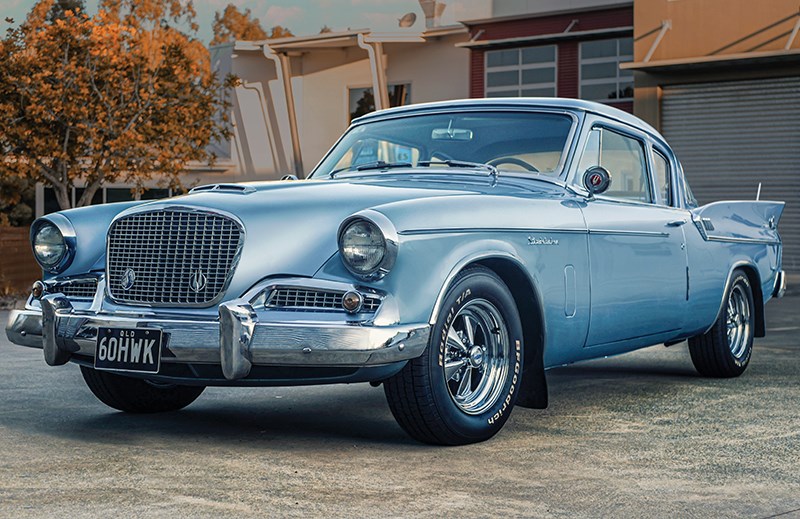
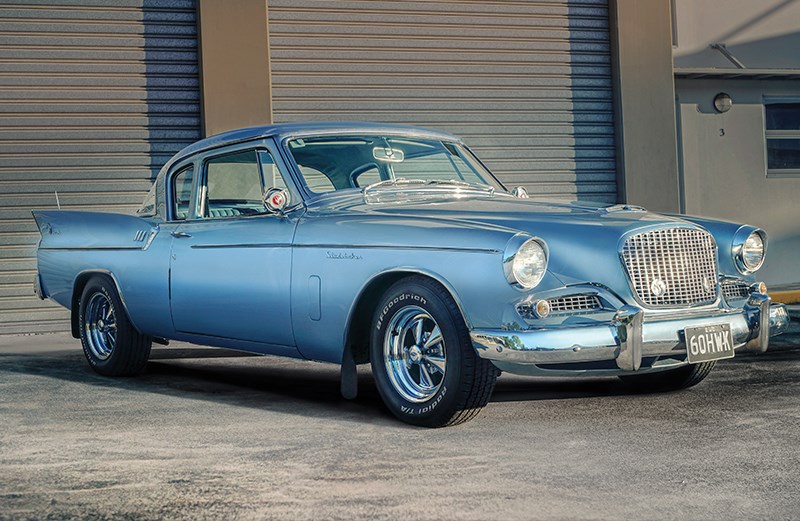
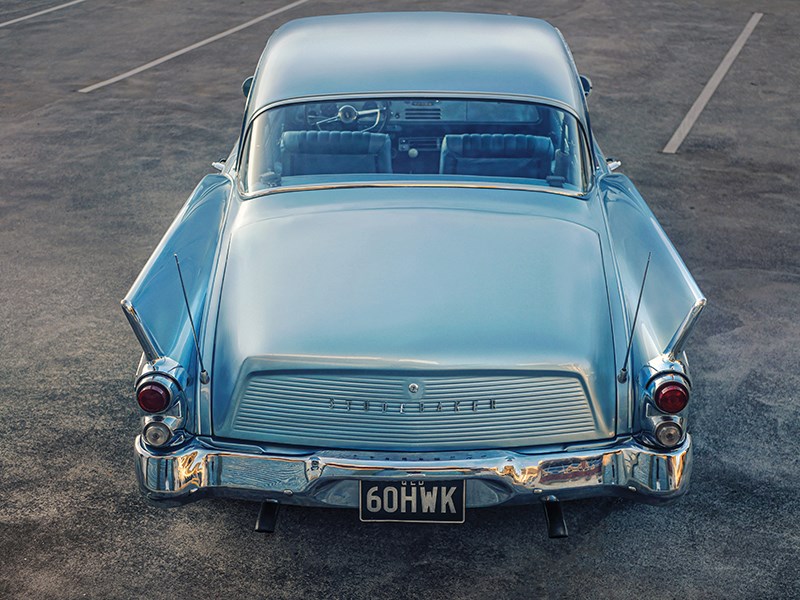
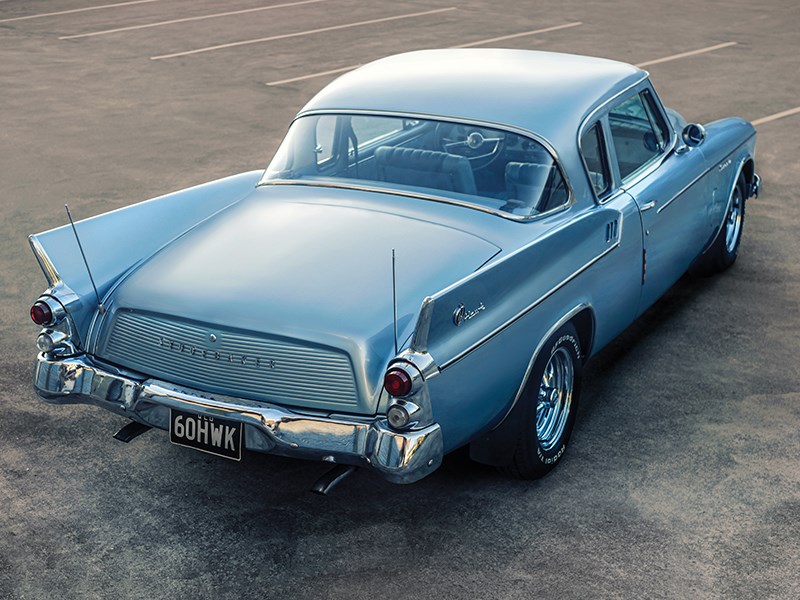
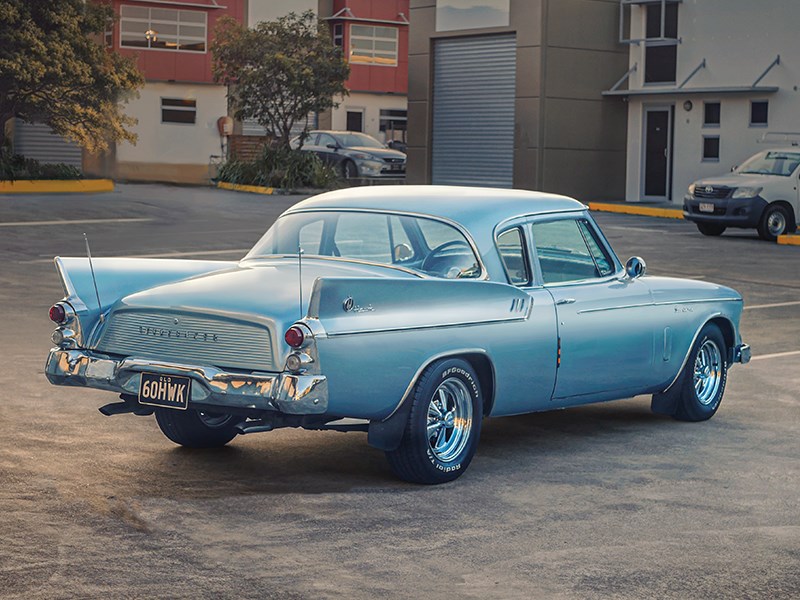





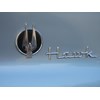
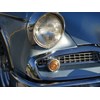
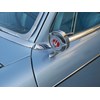
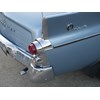
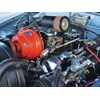
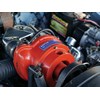
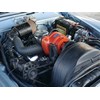
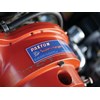
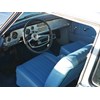
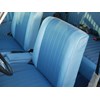
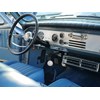
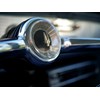
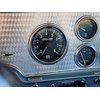
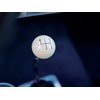
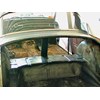
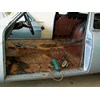

The sleek Hawk's lifespan was a mere decade, little wonder they are so keenly sought today
The Studebaker Hawk series was produced from 1956 to 1966 and was designed as a more stylish and upscale version of the Studebaker Lark. Released in the era of big fins and sweeping body lines, it was a car that turned heads.
Magazine articles of the time praised its sleek design and powerful V8 engine. Though running what was then a modest engine capacity at 289ci (4.7lt), the car enjoyed a respectable power-to-weight ratio. With an optional Paxton supercharger available on later V8 models, the Hawk in 289 form was estimated to produce a healthy 290 horses.

Long wheelbase for comfy cruising
Despite its stylish design and powerful engine, the Hawk fell foul of financial difficulties at Studebaker, and the last of the flock rolled off the assembly line in 1966.
The Studebaker Hawk’s familiar yet unique lines feel like a combination of a Thunderbird crossed with a Corvette with a hint of Chrysler front end. Popular with enthusiasts who want something a bit eclectic, the Studebaker Hawk is a stand-out car to rock up to a show’n’shine or cars and coffee with, backed up with a performance pedigree offering plenty of street cred.
| 2021 Market Review: Studebaker/American Motors 1947-1978

Ross Oldman certainly ticks the box for an eclectic collection: with a ‘61 Vanguard ute daily driver and a 1949 Bradford Queensland utility restoration project, his 1960 Studebaker Hawk sits pride of place in his collection.
Ross grew up with "a car nut for a father," as he puts it. "He owned over a hundred cars over his lifetime. Whenever my father had a car in good running condition, that seemed to be the time to sell it and start another project. He was an excellent self-taught mechanic and actively passed these interests on to his sons and daughters. To his disappointment, only three of us caught his disease."

The Hawk is one of the all-time great American coupes. Shame financial troubles ended it
In early 2002 Ross and his wife lived in Cairns and had a 1972 Benz coupe. With a desire to join the local American car club he started weighing up his options on American chrome bumper offerings. "I joined the All-American Car Club in Cairns. The club had about a hundred members and all the popular models were well represented, so I wanted something a bit different."
For several reasons, the Studebakers Hawks had been on Ross’s radar for many years. They were significantly cheaper than other American metal of that era, well-engineered, with great style and surprisingly strong parts support in Australia.
| Reader Resto: Studebaker hearse

A model popped up that ticked a lot of boxes, Ross said. "I was discussing my options with a good friend, and I mentioned to him the virtues of the R series of engines on offer in some Studebakers. A few weeks later, he alerted me to a 1960 coupe on eBay in Tucson, Arizona with the engine and gearbox combination I was after."
Not one to let a little thing like geographical location stand in the way, Ross reached out to the Arizona Studebaker Club, who were more than happy to help.

A local Arizona club member had previously commissioned a report on the car, but the buyer had lost interest because the car was not original. A homemade dashboard had been installed that was chock full of all sorts of gauges, and the engine and gearbox were not original either. Ross said further investigation revealed the car was potentially a factory six-cylinder automatic and had been built with the current engine and gearbox in Texas around the early 70s.
| Read next: Studebaker Wagonaire 1963-1966
"I wasn’t too happy about buying a car sight-unseen from America; I somewhat nervously decided to bid for the car based on the information provided from the inspection. Due to the time difference, I remember being online at an ungodly hour when I won the auction."

Chrome and big fins were the rage
It turned out to be a straightforward process for Ross. "The car was shipped from Long Beach, California, and arrived in the container exactly as described in the report." Ross had planned on driving the car from Brisbane to Cairns once cleared, but unfortunately, the brakes had seized, and upon a little more research Ross found the vehicle had been sitting for around six years before he took ownership.
"Our hopes of driving the 1600 kilometres back to Cairns were dashed by brake problems, so instead, the car made the first of many visits to Mike Cosgrove’s in Jimboomba, and we flew home. Mike overhauled the entire braking system, installed seat belts, repairing anything that required attention along the way. When finished, we arranged shipment to Cairns."
| Read more: One-off Studebaker Commander Cabriolet

The R2 engine with Paxton blower
Ross ended up driving the car for three years as it was before the restoration bug bit. "It was a good driving car when I bought it, but I decided it should be restored. I split the job with my wife. She was in charge of sourcing everything for the car. I was in charge of everything else".
With a plan in mind, Ross was given one side of the home carport and got to work stripping the motor and gearbox, removing all the panels and interior. "The interior floors and boot were in excellent rust-free condition, so I ground off any surface rust and applied copious amounts of POR15 paint. I was surprised when stripping the car to find that not a single nut or bolt was rusted up and seized. This showed me that the vehicle had likely been completely stripped during the rebuild in Texas." Ross gave the gearbox a freshen-up and had new bearings, synchromesh, and seals fitted, plus a new clutch and pressure plate.

A radio and aircon were rare features back then
"I took it to a friend to paint it; we did the door gaps, boot gaps, and what have you. Then I put everything back together".
Any keen Studebaker aficionado might spot the change in the interior; not a fan of black interiors, Ross replaced the whole interior with a beautifully matched blue interior from a 1961 model along with a replacement dash.

Interior trim matches paintwork
He managed to have the entire restoration wrapped up in a year and reckons everything went smoothly. "The hardest part of the job was putting the door mechanisms back together and the mouldings around the fins; this nearly drove me crazy," he said. "Now I know what I’m doing; if you use fastening kits, it’s a very simple job."
Ross’s 1960 Studebaker is running the engine out of a 1963 Studebaker GT and was a big part of the car’s appeal when he found it on eBay. "I bought the car because it’s got what’s known as an R2 engine, which was a high-performance Studebaker engine running a Paxton supercharger as standard. The car also came with a Hurst shifter and four-speed out of a 1961 Hawk, making it a pretty good buy in my view."

There is little difference between an R Series and a standard Studebaker 289 V8 engine. They were both built with Ford’s crankshaft, conrods, and pistons, but the coveted R2 engine had a healthy bit of forced induction by way of the Paxton blower giving it around 290hp out of the factory, some serious power in that era.
Ross believes his Hawk had been built to run in the American Pure Stock Muscle Car Drag Racing (PSMCDR) series. What on earth is PSMCDR, I hear you ask? It’s a popular annual drag racing series in America. The rules list is long to qualify, but basically, cars must run in factory standard condition. The series is open to vehicles made between 1955 and 1979, and there are a myriad of rules governing what is classified as "stock," and a "muscle car" but they’re all in place to keep it a grassroots fun series.

Ross says, "The racing is strict, and Studebakers do very well because they had some very high-performance engines in very light cars for that time." Options like the Paxton supercharger and top loader gearbox make for some competitive quarter-mile times.
In 2009 Ross had the engine and supercharger rebuilt at the same time. "Michael Cosgrove rebuilt the supercharger. It was agreed that the rebuild would be done with sufficient tolerances to ensure reliability, lower operating temperatures, and longer life. The supercharger produces 2-3lb of boost at 2500-3000rpm. The maximum is 5lb at 5200rpm, which the engine never sees. I view the Paxton more as an interesting example of Studebaker’s engineering than an actual performance enhancement."

Ross enjoying some wheel time
With no intentions of racing his Hawk, Ross opted for a more highway-friendly diff ratio. "It still drives like a 70-year-old car," he says. "It’s got four-wheel drum brakes, but it’s got power-assisted brakes. It’s a long wheelbase at 120 inches, so she cruises down the road and corners very well. I get a lot of pleasure out of it." It’s got a working radio that Ross says he never turns on as he likes listening to the engine, and who could blame him with an old-school factory blower dishing out a symphony for the ears.
Ross’s Hawk has amassed a healthy 35,000 miles since the restoration, and he isn’t shy about getting out for club runs and trips. "I’ll be driving this car until I can’t anymore, and then what happens to it will depend on the family. I’ve got no intention of ever selling this car."
THE RESTO:
In the beginning

The volume of work was clear.
Body building

Or rebuilding in this case.
Supercharged

Added for extra squirt.
Original car: 1960 Studebaker, Hawk
Owner: Ross Oldman
Owned: Since 2002
Length of restoration: 1 Year
From Unique Cars #468, Jul/Aug 2022
Follow me at: